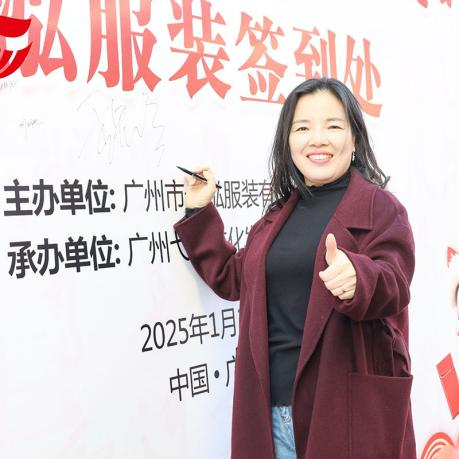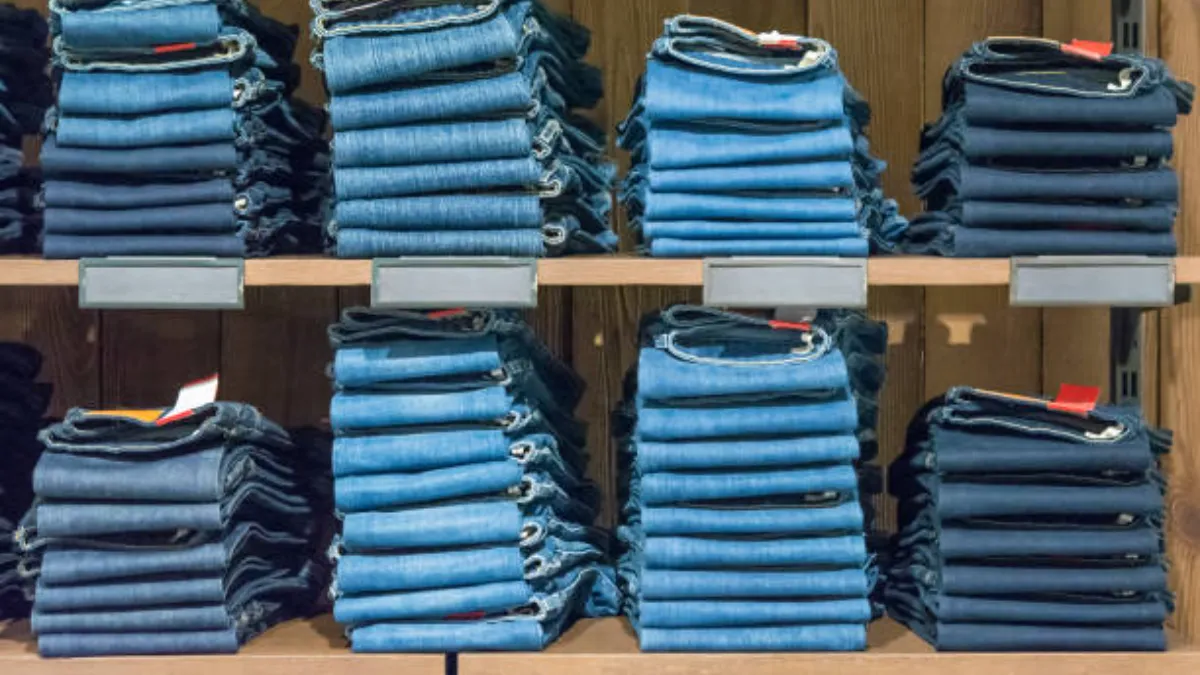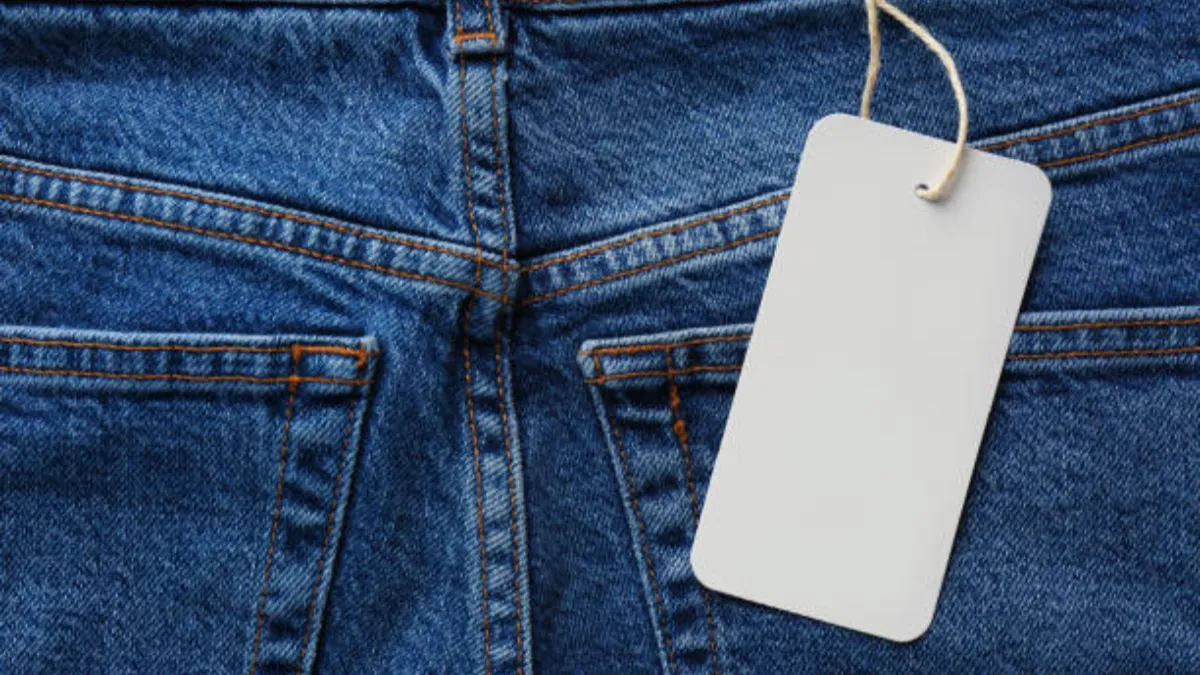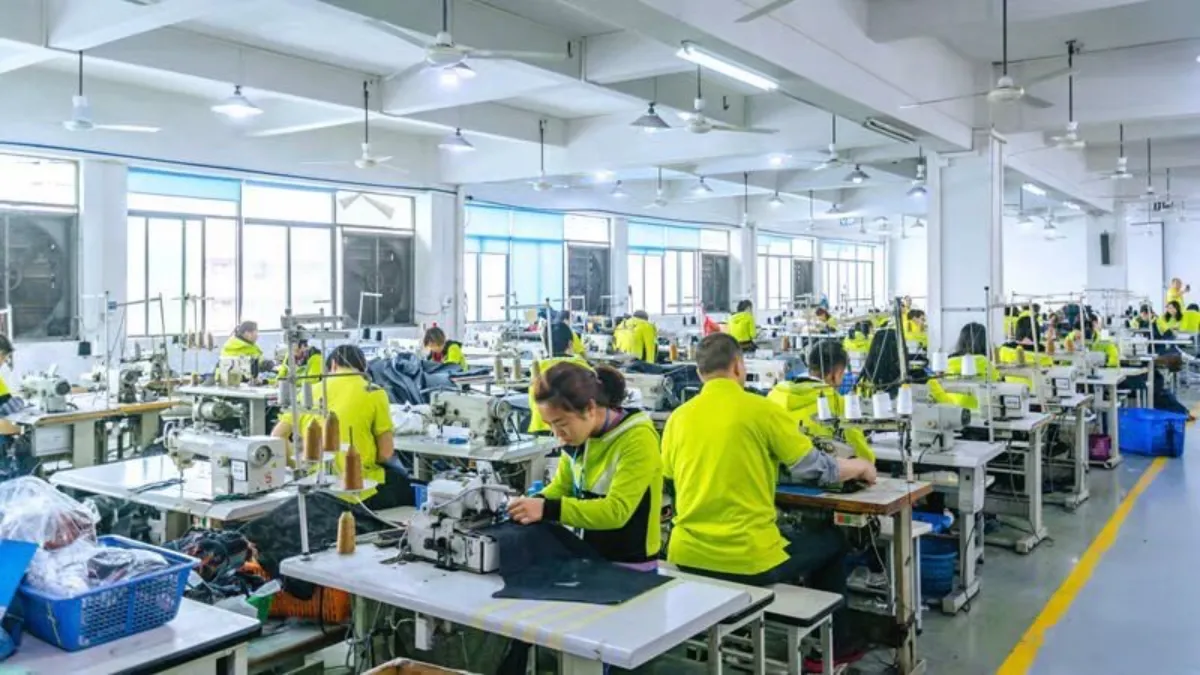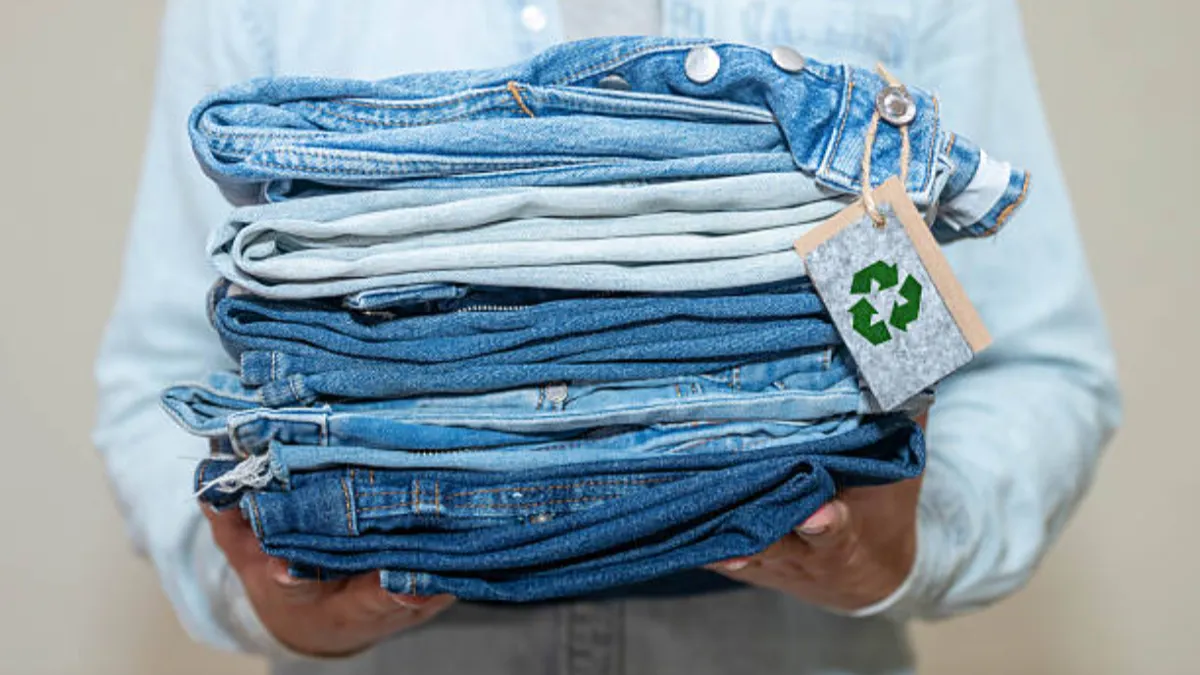Judy Blue Jeans is a popular stretch denim brand known for its flattering fits, soft-hand fabrics, and inclusive sizing. Many buyers pay attention to where these jeans are produced because the manufacturing location directly affects pricing, fabric choices, wash effects, and delivery schedules. For wholesalers and private-label brands, production geography can also influence whether a style meets cost targets and seasonal timelines.
この記事では, we break down where Judy Blue Jeans are made, how their supply chain works, and what these details mean for buyers looking to source reliable denim products.
The History and Background of Judy Blue Jeans
Founded in Los Angeles in 1999, Judy Blue began with a focus on comfort-driven ストレッチデニム at a time when rigid jeans dominated the market. The brand quickly gained attention for its flexible fabrics, soft hand feel, and distinctive washes that appealed to a wide range of shoppers. By combining L.A.-based design with growing global production, Judy Blue expanded its catalog and built a strong presence in boutiques across North America.
Where Are Judy Blue Jeans Manufactured?
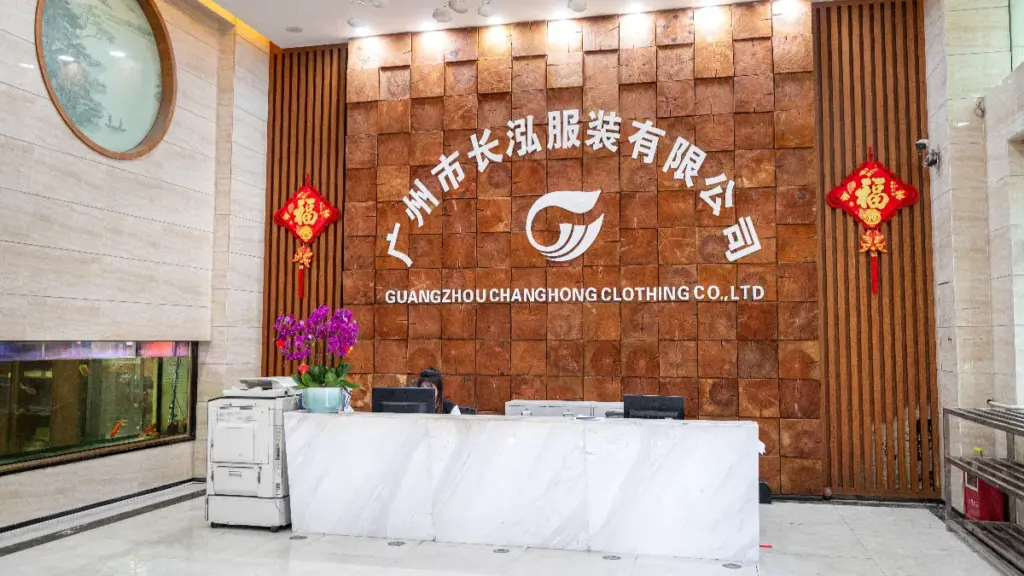
Most Judy Blue jeans are produced in Asia, with China serving as the main hub, complemented by Vietnam, カンボジア, and Bangladesh. These regions provide:
Domestic Production in the USA
Judy Blue maintains premium denim production in Los Angeles for direct oversight and rapid design-to-production adjustments. This setup ensures consistent fit, finish, and quality through close monitoring, while shortening turnaround for limited runs. Domestic sourcing suits capsule collections or urgent replenishments where overseas lead times would compromise sales. Although unit costs are higher, continuous control reduces defects and supports “Made in USA” marketing aimed at customers who value craftsmanship.
Global Manufacturing Footprint in Asia
Approximately 95% of production is in China, with additional capacity in Vietnam, カンボジア, and Bangladesh. The main countries include:
バングラデシュ – Supports large seasonal orders at competitive rates.
中国 – Primary hub with advanced fabric sourcing, skilled operators, and strong wash capabilities.
ベトナム – Good for stable production and mid-volume orders.
カンボジア – Often used for price-sensitive lines.
Are Judy Blue Jeans Made in the USA?

Many consumers believe Judy Blue jeans are American-made because the brand is based in Los Angeles. しかし, the jeans themselves are not manufactured in the United States. Most operations—cutting, 縫い, 洗浄, and bulk finishing—take place overseas.
There are a few exceptions:
- Small-batch developments
- Fit samples
- Quick-run prototypes
- Occasional finishing steps
These may be done in L.A., but they do not represent the main production volume.
Why Does Judy Blue Manufacture Overseas?
Several practical reasons drive Judy Blue to produce outside the U.S.:
Lower Unit Costs
Asian denim factories operate at scale and have lower labor costs. This makes it possible for Judy Blue to offer affordable retail pricing while keeping good fabric and fit standards.
Access to Specialized Wash Techniques
Many washes—vintage fades, 酵素治療, hand sanding—are more advanced or cost-efficient in China and Vietnam.
Stronger Material Supply Chains
Stretch denim, a core part of Judy Blue’s identity, is easier to source in Asia because mills there produce a wide range of blends.
High Production Capacity
Factories in Asia can handle large runs, restocks, and seasonal spikes without major delays.
Does Overseas Production Affect Judy Blue’s Quality?

Many buyers wonder whether overseas manufacturing can weaken product quality. For Judy Blue, production outside the U.S. does not reduce quality because the brand controls every step that affects fit, 快適, そして長期的なパフォーマンス. Their system focuses on stable materials, accurate patterns, and tightly managed wash processes.
1. Material Control Starts With Clear Standards
Judy Blue works with mills that can meet fabric requirements for stretch recovery, yarn density, and color stability. Most of their denim is tested for:
- Shrinkage control (within 3–5%)
- Stretch and recovery rate
- Torque resistance
- Shade consistency between lots
Only mills that meet these parameters can enter bulk production.
2. Patterns and Grading Are Fixed Before Sewing
The fit is defined in Los Angeles. Factories must follow approved measurements and grading rules. Any size deviation triggers another review and re-approval. This ensures the fit stays consistent across all countries.
3. Wash Processes Follow Measured, Reproducible Parameters
To keep the same soft hand feel and natural fading, wash houses follow exact technical settings. A simplified example looks like this:
| Wash Step | Temperature | Enzyme Level | Stone Ratio | Time |
|---|---|---|---|---|
| 酵素ウォッシュ | 45–50°C | 中くらい | — | 15–20 min |
| ストーンウォッシュ | 40°C | — | 1:3 (stones:garments) | 20–25 min |
| Softener Finish | 35°C | 低い | — | 10 min |
These parameters may vary by style, but the structure is standardized.
4. QC Is Consistent Across All Factories
Each order undergoes:
- Fabric inspection
- In-line stitching checks
- Wash verification against approved parameters
- Final measurements and appearance review
Because the controls are built into the system, production in China or Vietnam delivers the same quality level the brand is known for.
ブランドのビジョンに合わせたカスタムデニム
Partner with Changhong Garment for fully integrated デニム製造, offering flexible low MOQs, 持続可能な素材, and detailed customization from fabric to finish. Elevate your collection with premium quality and quick market response.
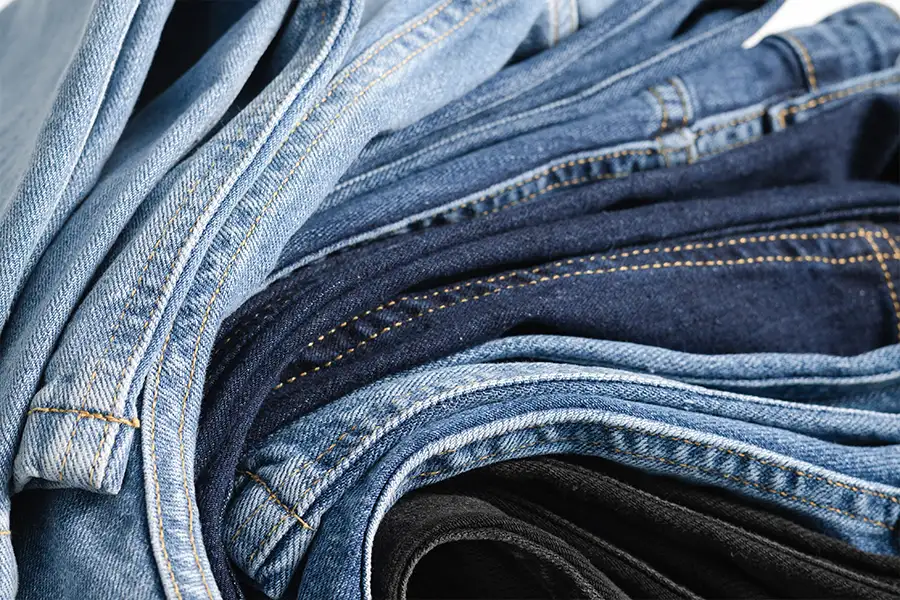
How to Identify the Manufacturing Origin of Judy Blue Jeans
If you want to confirm the origin of a specific pair, there are a few simple methods.
Check the sewn-in label: 私たち. customs requires a clear country-of-origin label, usually placed inside the waistband or next to the care tag.
Review the care label: Some styles include extra fabric and origin details that verify where the garment was assembled.
Check the outer packaging: For wholesale orders, the polybag or carton often lists the production country.
Request documentation (for bulk buyers): Importers can confirm the origin through shipment records, 証明書, or testing reports provided by the supplier.
Avoid unverified marketplaces: A missing origin label or one that looks inconsistent may indicate the product is not an authentic Judy Blue item.
What Do Judy Blue’s Sourcing Choices Mean for Buyers?
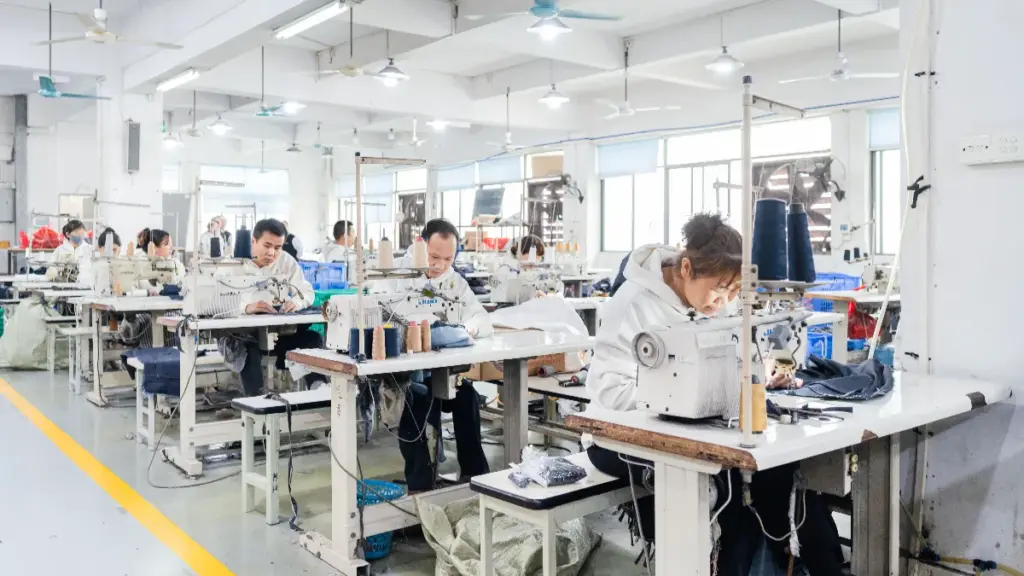
Judy Blue’s hybrid sourcing model—design in Los Angeles and large-scale production in Asia—creates several practical advantages for wholesale buyers and procurement teams. Understanding these impacts helps you plan assortments, manage margins, and set realistic delivery expectations.
- More Competitive Pricing and Stable Margins
Offshore manufacturing in China, ベトナム, カンボジア, and Bangladesh allows Judy Blue to keep unit costs predictable while offering detailed washes and stretch fabrics. Buyers gain access to trend-driven styles at prices that work for both full-margin selling and promotional periods. This cost stability also makes it easier to forecast long-term buy plans. - Reliable Supply and Faster Replenishment
With most production concentrated in mature denim hubs, capacity is rarely an issue. Large factories can support repeat orders, mid-season top-ups, and broader size runs without risking delays. For retailers who depend on quick restocks of bestselling fits, this consistency reduces stock-out risk and helps maintain weekly sell-through rates. - Better Customization and Style Flexibility
Because the design guidelines come from Los Angeles while the execution happens overseas, the system allows quick reaction to seasonal trends. Buyers can scale volumes up or down, test new silhouettes in smaller batches, and access a wide range of washes and fabric blends. This flexibility strengthens category performance and allows tighter control over inventory.
If you want to develop denim similar to Judy Blue—high stretch, flattering fits, and trend-driven washes—we at 長虹ジーンズ, a denim clothing manufacturer in China, can help you build your own line with low MOQs and stable quality.
よくある質問
Where is Judy Blue’s factory located?
Judy Blue partners with factories selected for consistent quality and scalable output. Exact locations are not disclosed, which is standard in competitive apparel sectors, but production is typically concentrated in established denim hubs across East Asia with advanced sewing, 洗浄, and finishing infrastructure. Buyers should assess these regional strengths when evaluating lead times, QC capacity, wash techniques, compliance, and freight efficiency.
Are Judy Blue jeans made in the USA?
While Judy Blue maintains a strong American brand identity, most manufacturing is offshore to achieve competitive pricing and access specialist high-volume denim expertise. Some small-scale U.S. finishing may occur, but buyers requiring domestic origin labeling or shorter supply chains should verify every production stage and origin documentation before committing to orders.
How does Judy Blue control quality?
QC protocols cover each production phase, from fabric selection to final garment checks, with multiple in-line inspections to catch defects before shipment. Wholesale buyers should request detailed criteria and align them with internal standards—working with certified facilities minimizes rework risk and safeguards delivery timelines.
What is Judy Blue’s production scale?
Manufacturing capacity accommodates both small runs and large seasonal volumes, enabling quick response to market changes without overcommitting resources. Buyers can use this flexibility to trial new styles in limited quantities, then scale up strategically to reduce inventory risk and keep assortments fresh.
What sourcing strategies does Judy Blue use?
Judy Blue works with vetted suppliers balancing cost control, fabric quality, and schedule reliability, under contracts tied to meeting compliance benchmarks. Sourcing teams should secure supplier audit reports and fabric specs early to anchor quality expectations and avoid last-minute compromises during production peaks.

